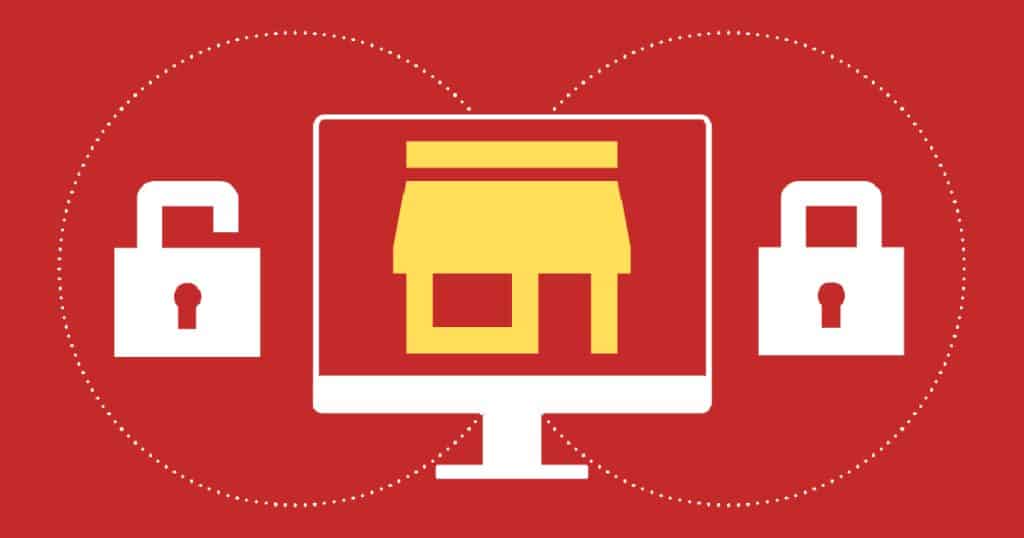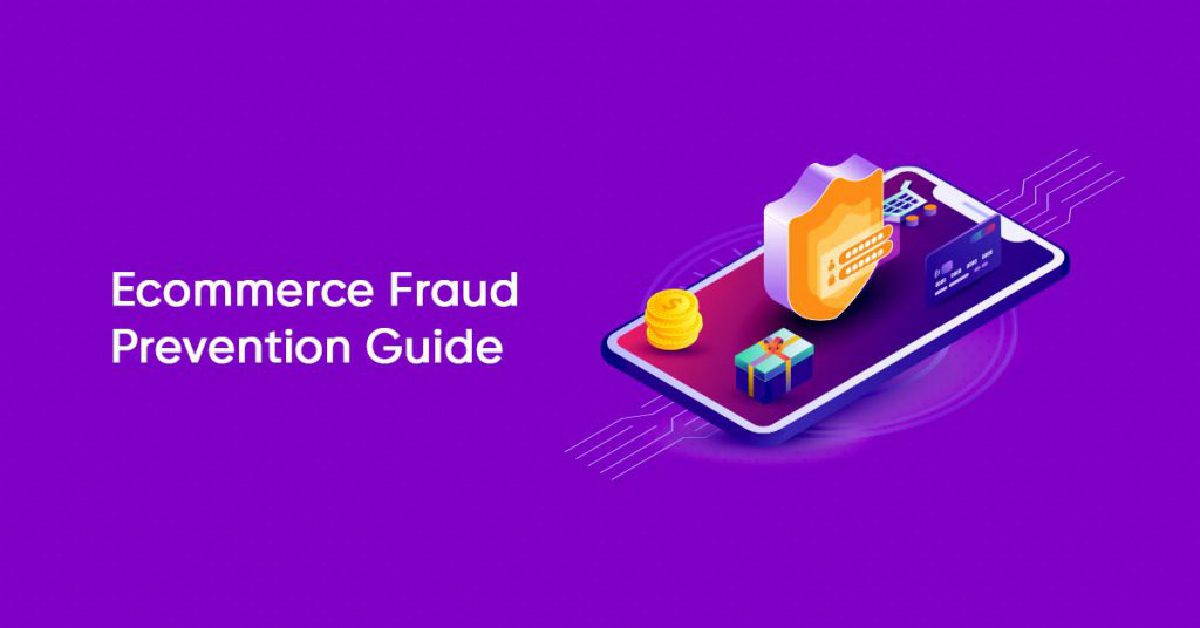The online marketplace is booming and with that, so is eCommerce fraud. Fraudsters are getting more sophisticated in their methods, so it is more important than ever for businesses to have a robust fraud prevention strategy in place.
This guide will help you understand the different types of eCommerce fraud, the methods fraudsters use, and the steps you can take to protect your business.
Types of eCommerce Fraud

There are many types of eCommerce fraud that can occur, but the three most common are payment fraud, order fraud, and shipping fraud.
Payment fraud is when someone uses a stolen credit card or another form of payment to make a purchase. Order fraud is when someone places a fraudulent order, usually by using a stolen credit card. Shipping fraud is when someone orders something, but never receives it and instead receives a refund.
All of these types of fraud can be very costly to businesses. Payment fraud can result in chargebacks, which cost businesses money. Order fraud can result in lost sales, and shipping fraud can result in the loss of inventory.
Some of the Methods to commit eCommerce fraud:
– Credit Card Fraud
Credit card fraud is the use of stolen credit card or bank account information to make a purchase. Fraudsters can obtain credit card information in a variety of ways, including hacking into credit card companies’ databases, stealing credit card information from businesses, or stealing credit card information from consumers.
– Identity Theft
Identity theft is the use of a stolen identity to make a purchase. Fraudsters can obtain personal information in a variety of ways, including hacking into databases, stealing information from businesses, or stealing information from consumers.
– Shipping Fraud
Shipping fraud is the use of stolen credit card or bank account information to pay for shipping. Fraudsters can obtain credit card or bank account information in a variety of ways, including hacking into credit card or bank account databases, stealing information from businesses, or stealing information from consumers.
How to Prevent eCommerce Fraud

There are a number of steps businesses can take to prevent eCommerce fraud. The most important are:
– Use a Secure Website
When a customer is shopping on a website that does not have a secure website, they are taking a risk. The customer’s personal information could be intercepted and stolen by someone who is looking to commit ecommerce fraud. Ecommerce fraud is when someone uses someone else’s personal information to make fraudulent purchases. This can be a costly problem for the customer, as they may have to pay for the fraudulent purchases and may also have their personal information stolen.
– Use Strong Authentication
With strong authentication, customers are required to provide more than just their name and password in order to log in to your site. They might be asked to provide a one-time password, for example, or to answer a security question. This extra layer of security makes it more difficult for fraudsters to gain access to your site and steal your data.
Another benefit of using strong authentication is that it can help to reduce the number of false positives. False positives occur when legitimate customers are incorrectly identified as fraudsters, and this can lead to a lot of wasted time and effort on the part of your staff. Strong authentication can help to reduce the number of false positives, which means that your staff can focus on genuine cases of fraud.
– Use Fraud Detection Tools
In order to prevent e-commerce fraud, it is important to use fraud detection tools. These tools help to identify and prevent fraudulent activities from taking place. By using these tools, businesses can protect their customers and their own reputation.
There are a number of different fraud detection tools that businesses can use. These tools include:
– Fraud detection software
– IP tracking
– Credit card verification
Each of these tools plays an important role in preventing fraud.
– Verify Customers’ identities
Merchants want to ensure that the customers they are doing business with are who they say they are, in order to prevent online fraud. One way to verify customers’ identities is to compare the information they provide, such as their name, address, and credit card number, against public records or other databases. This can help to confirm that the customer is who they say they are and that they are not attempting to use a stolen credit card or other fraudulent information.
Another way to verify customers’ identities is through biometric authentication. This involves verifying customers’ identities through their physical characteristics, such as their fingerprints, facial features, or iris patterns. This can help to ensure that the customer is who they say they are and that they are not attempting to use someone else’s identity.
eCommerce Fraud prevention is an important and complex process that requires a variety of different techniques in order to be successful. By understanding the different types of fraud that can occur, businesses can put in place the necessary measures to protect themselves and their customers.
Related articles
Related services:
 Anas is our go-to copywriter with a knack for crafting persuasive and high-converting eCommerce landing pages. His passion for words and understanding of consumer psychology helps turn visitors into loyal customers. When he's not refining his copy, Anas enjoys exploring the latest digital marketing trends and experimenting with new writing techniques. His blend of creativity and strategic thinking makes him an indispensable part of our energetic team.
Anas is our go-to copywriter with a knack for crafting persuasive and high-converting eCommerce landing pages. His passion for words and understanding of consumer psychology helps turn visitors into loyal customers. When he's not refining his copy, Anas enjoys exploring the latest digital marketing trends and experimenting with new writing techniques. His blend of creativity and strategic thinking makes him an indispensable part of our energetic team.












